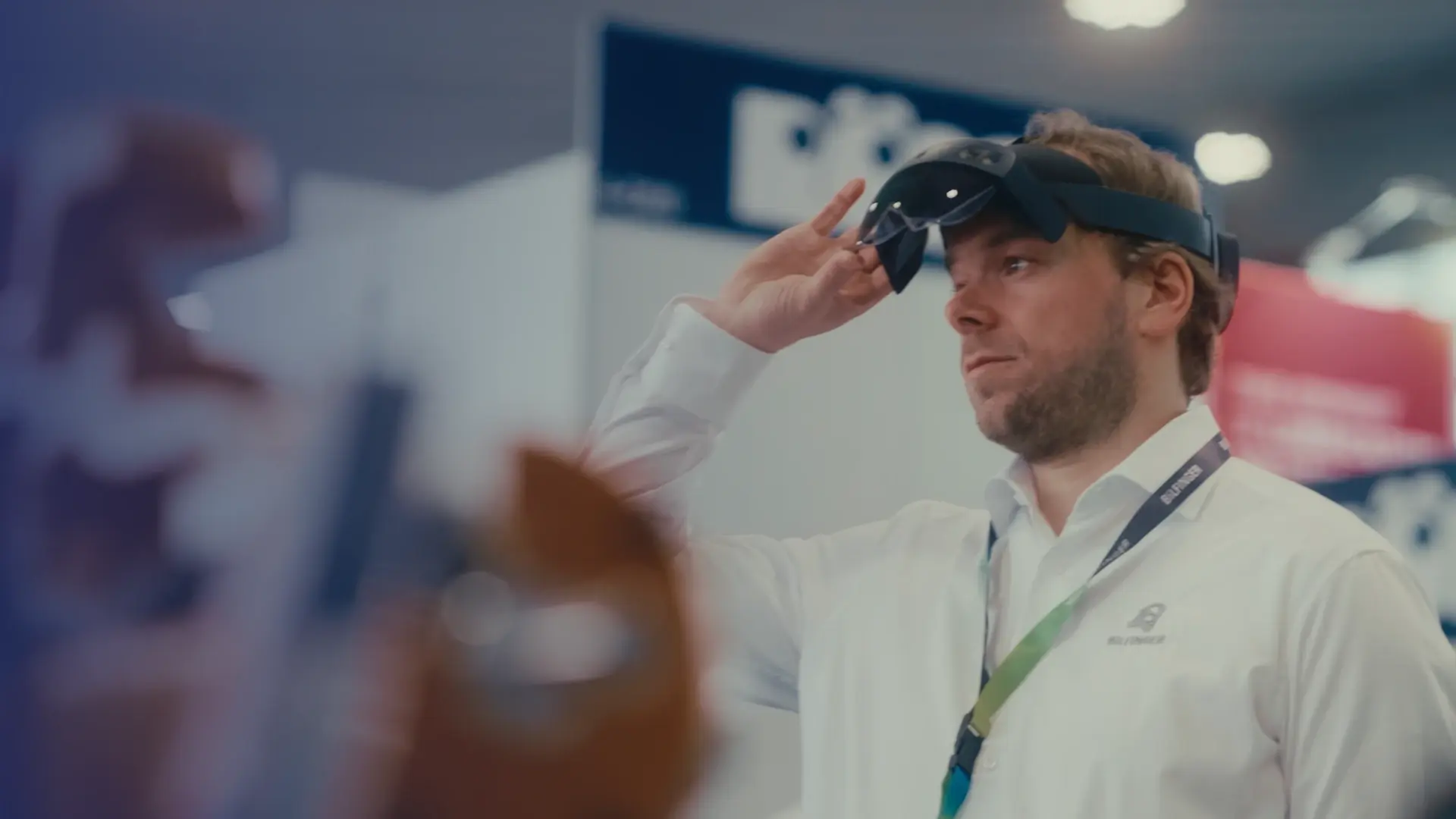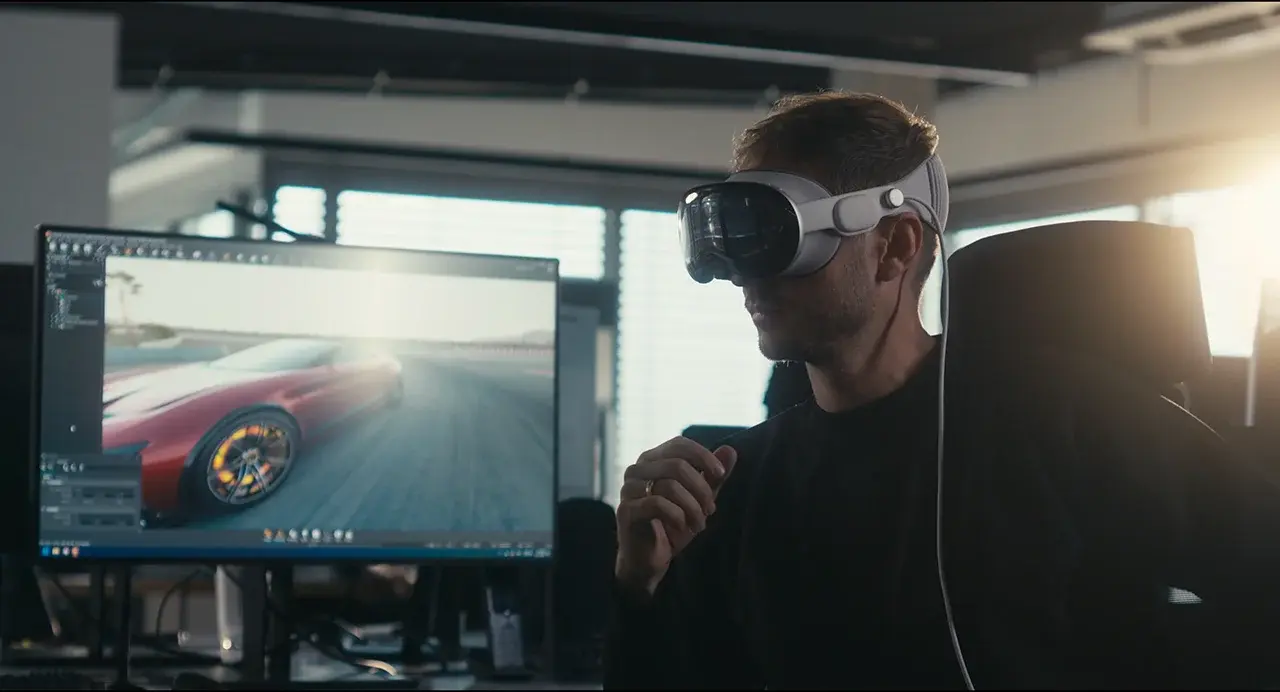How Bilfinger Redefines Industrial Planning with AR
Plan faster, identify problems earlier, build trust - Bilfinger sets new standards in industrial planning with Hololight Space.
In today’s rapidly evolving industrial landscape, the methods used for training and skill development are undergoing significant transformations. Companies increasingly seek innovative solutions to make their training more efficient, engaging, and adaptable in prototyping and manufacturing. Two prominent technologies leading this change are Augmented Reality (AR) and Virtual Reality (VR)1. Both offer immersive experiences, but they serve different purposes, especially when applied to training. In the VOXReality project, where AI assisted voice interaction in XR spaces plays a key role in making better user interfaces, HOLO’s extended reality application Hololight SPACE with the assembly training tool brings a new set of advantages to the user.
The Hololight SPACE, integrated into the VOXReality project, offers an augmented reality industrial assembly training system that allows workers to visualize and manipulate 3D computer-aided design (CAD) models. Through AR glasses, such as HoloLens 2, trainees can assemble components with the guidance of real-time feedback from a virtual training assistant. Augmented Reality in this context enables users to interact with both virtual models and the physical environment simultaneously, which holds several key benefits over Virtual Reality.
One of the main advantages of AR over VR is the ability to overlay virtual 3D objects onto real-world environments. In industrial assembly training, this feature is crucial when physical objects must align with virtual components. For example, AR allows a user to see a virtual engine model and align it directly on top of a real physical framework, enhancing spatial understanding. This real-time interaction between digital and physical elements ensures a seamless integration, allowing trainees to bridge the gap between virtual simulations and real-world applications.
In contrast, VR immerses users in a fully simulated environment where all objects, tools, and machinery are virtual. While this can be useful for certain training applications, it falls short when trainees need to practice in real-world contexts or with actual physical tools.
One of the key benefits of using AR in industrial assembly training is the ability to adapt virtual models based on real-world measurements. For example, Hololight SPACE allows for precise alignment of CAD models with real tools or machinery, ensuring accuracy in assembly tasks. The AR environment can scale or adjust virtual objects based on physical constraints, giving trainees a practical experience that is directly transferable to their real-world roles.
In VR, the environment is entirely digital, which means trainees may struggle to apply their knowledge when transitioning to real-life tasks. Without the ability to manipulate real objects, VR training can create a disconnect between theory and practice.

In AR-based training, users remain aware of their surroundings, which is particularly important in industrial settings2. Hololight SPACE enables trainees to interact with both virtual and physical objects, all while remaining aware of their immediate environment, coworkers, and potential hazards. This situational awareness promotes a safer training environment, as trainees can avoid accidents or conflicts that might arise when entirely isolated from their surroundings, as is common in VR.
This added level of awareness is not possible in VR, where users are immersed in a completely digital world, which can lead to disorientation or accidents when trying to translate virtual skills into real-world tasks.
Cybersickness is a common issue in VR training3. The disconnect between the user’s physical body and the virtual world can result in motion sickness and fatigue, especially during long training sessions. In contrast, AR presents virtual objects within the real world, eliminating the sensory mismatch that often leads to VR-induced cybersickness. By anchoring virtual elements to the trainee’s physical environment, AR reduces the mental and physical load, making it a more comfortable and sustainable training tool for industrial tasks.
Another critical advantage of AR is the ability for users to see and interact with other people in the room4,5. In an industrial training setting, this means that instructors or fellow trainees can observe and provide real-time feedback by physical presence or by virtual presence while still allowing the trainee to engage with the virtual objects. This collaborative aspect of AR creates a more interactive learning environment, where knowledge is shared seamlessly between physical and digital spaces.
In contrast, VR isolates the user, making collaborative training more difficult unless all participants are also immersed in the same virtual environment.

Plan faster, identify problems earlier, build trust - Bilfinger sets new standards in industrial planning with Hololight Space.

Germany, Munich / Austria, Innsbruck - July 16, 2025 - Genesis Design GmbH, the Munich-based design studio, announces a strategic partnership with ...

Innsbruck, Austria, July 8, 2025 – The deep-tech company Hololight, a leading provider of AR/VR ("XR") pixel-streaming technology, has secured a €10...